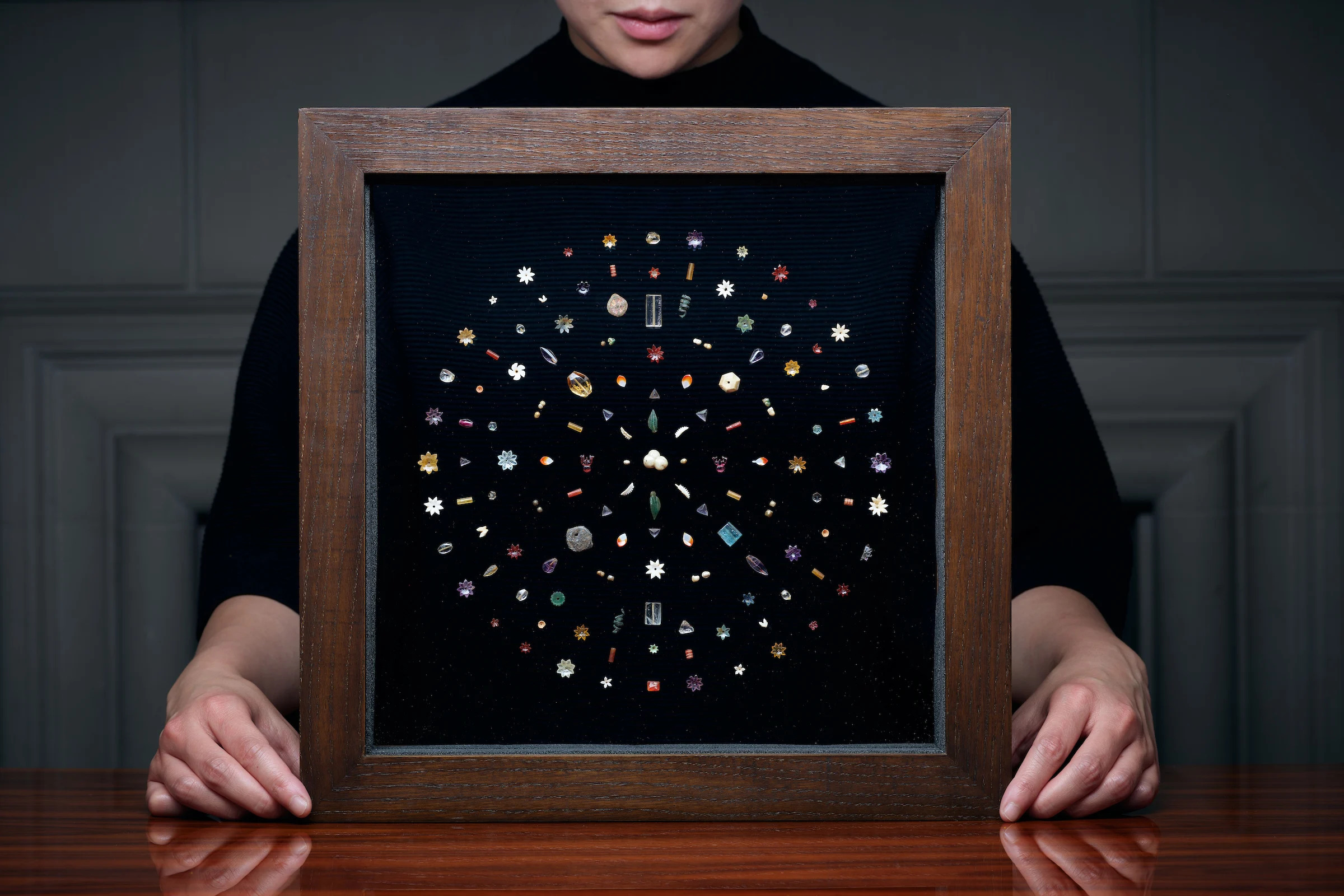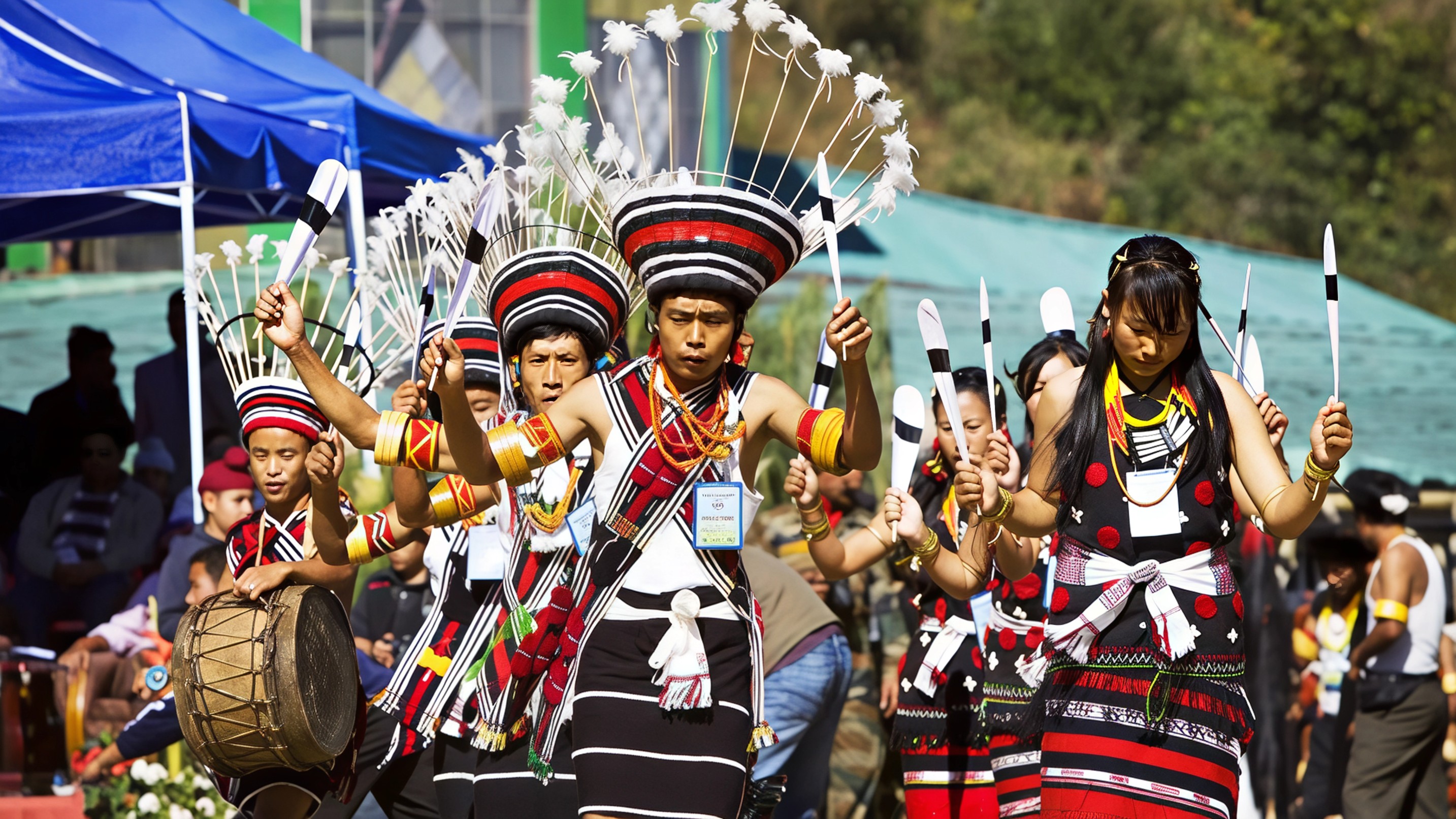In an emotional and historic moment, India has welcomed back a priceless collection of jewels tied to the sacred relics of the Buddha. Known as the Piprahwa Gems, this extraordinary cache of over three hundred precious stones has returned home after spending 127 years abroad. The collection was scheduled for auction by Sotheby’s in Hong Kong earlier this year but was halted after legal and diplomatic objections were raised by the Indian government. Following intense efforts, the gems have now been repatriated through a private acquisition by Mumbai-based Godrej Industries Group.
Unearthed in 1898 during the British colonial era, the Piprahwa Gems were discovered by British engineer William Claxton Peppé, who excavated a stupa on his estate in present-day Uttar Pradesh. Alongside an urn believed to contain cremated remains of the Buddha, he found an astonishing array of stones and gold sheets that were immediately recognised for their spiritual and historical importance. Some of these items were handed over to the British authorities, while about 20 percent remained with the Peppé family as personal keepsakes. These heirlooms were passed down through generations and eventually made their way to the auction house.
What makes these gems so significant is not just their antiquity but their deep connection to the early Buddhist world. Dating back to around 240 to 200 BCE during the Mauryan Empire under Emperor Ashoka’s reign, the gems include sapphires, amethysts, garnets, topaz, pearls, and thin gold foils. Many were carefully crafted into pendants and ornaments, while others were preserved in raw form. These objects are believed to have been interred alongside the remains of the Buddha as offerings from the Shakya clan, to whom he belonged. Archaeologists consider the discovery one of the greatest finds of modern archaeology, giving us a rare glimpse into the early spiritual and artistic practices of the Indian subcontinent.
Once the auction was announced, Indian officials quickly raised objections. There was significant public and legal pressure to block the sale, citing cultural heritage and religious sentiments. It was a turning point when Godrej Industries stepped in and bought the collection privately, allowing for a respectful and rightful return. Sotheby’s has since confirmed the sale and expressed satisfaction in facilitating the return.
The gems will now be displayed in India for the public, marking a powerful moment of cultural restitution. It also reinforces the growing global awareness around the importance of returning ancient artifacts to their countries of origin, especially when those items are deeply tied to spiritual or national identity.
The Piprahwa site itself, where these relics were first found, continues to be of enormous archaeological and spiritual importance. Located in Uttar Pradesh near the Nepal border, it is believed to be a part of ancient Kapilavastu, the capital of the Shakya kingdom where Prince Siddhartha Gautama who would later become the Buddha spent the early years of his life. The site includes a large stupa, ruins of monastic settlements, and a local museum. Nearby, at the Ganwaria mound, more discoveries of ancient homes and shrines have added to the area's reputation as one of India’s most sacred archaeological zones.
This homecoming of the Piprahwa Gems is more than just the return of precious stones. It is a symbolic restoration of heritage, faith, and historical truth. It reminds us that treasures of the past are not just objects to be admired but cultural anchors that belong to the people and places that gave them meaning.
For more stories celebrating heritage, culture, and travel in India, follow Travel Moves on Instagram and Facebook.








